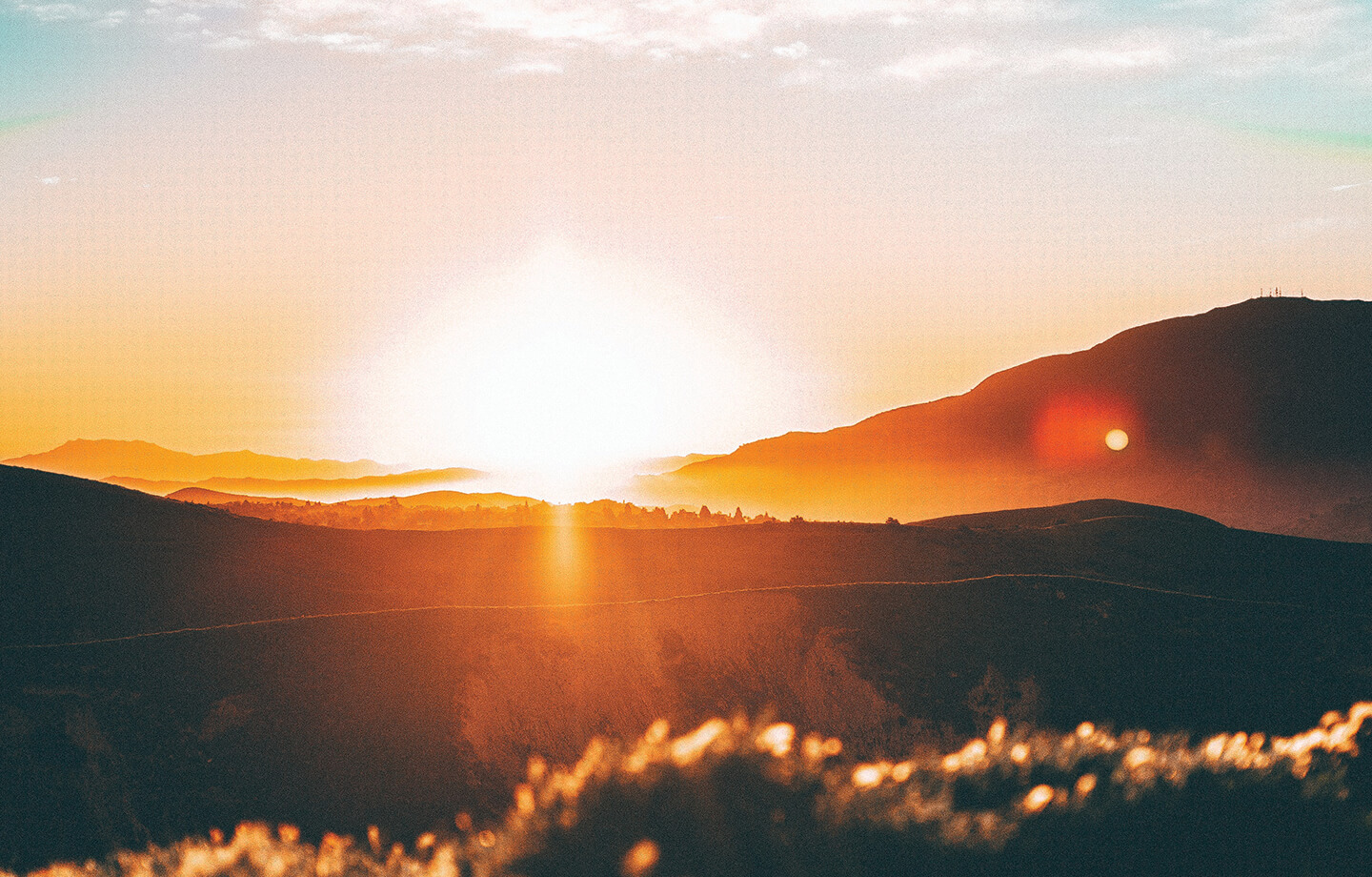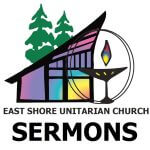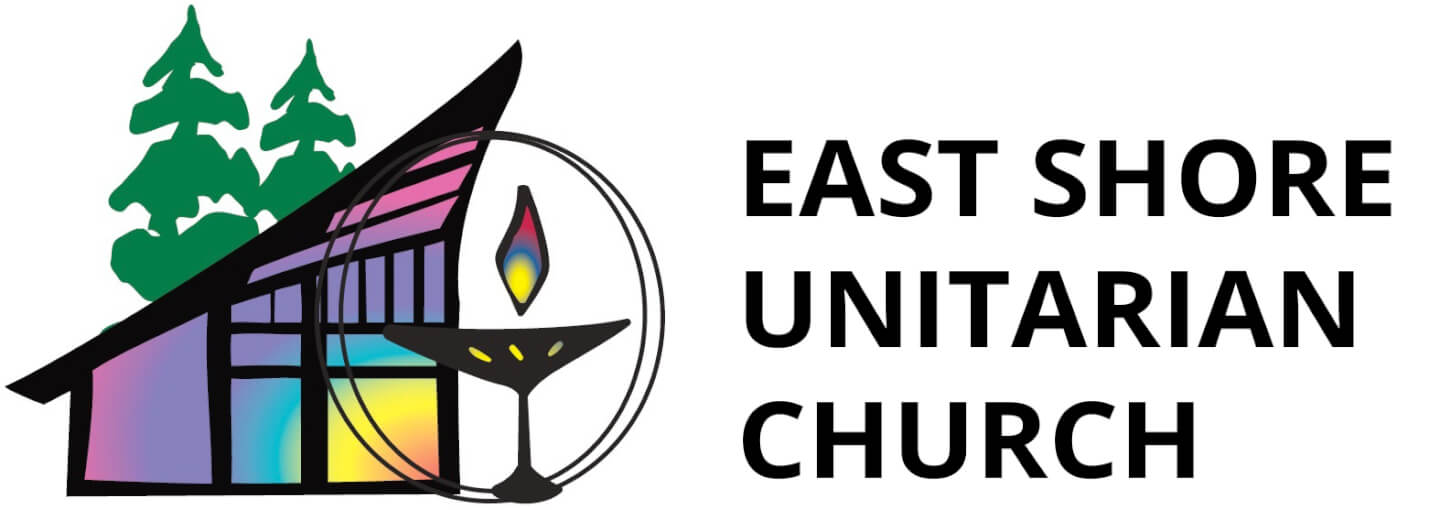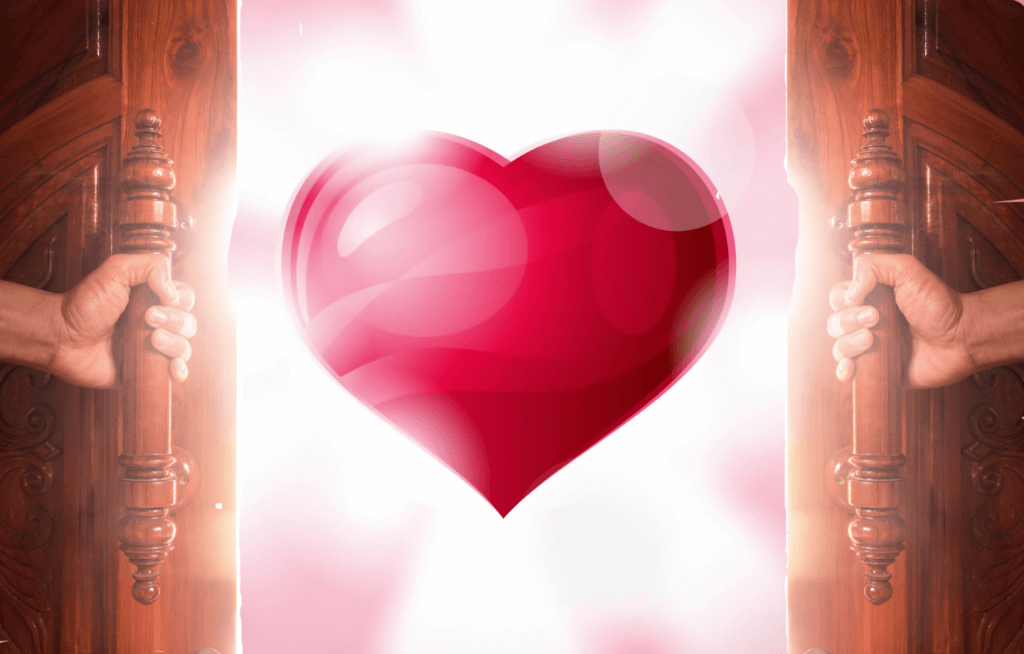
- This event has passed.
Let There Be Light
Sunday, December 6 @ 10:30 am - 11:30 am
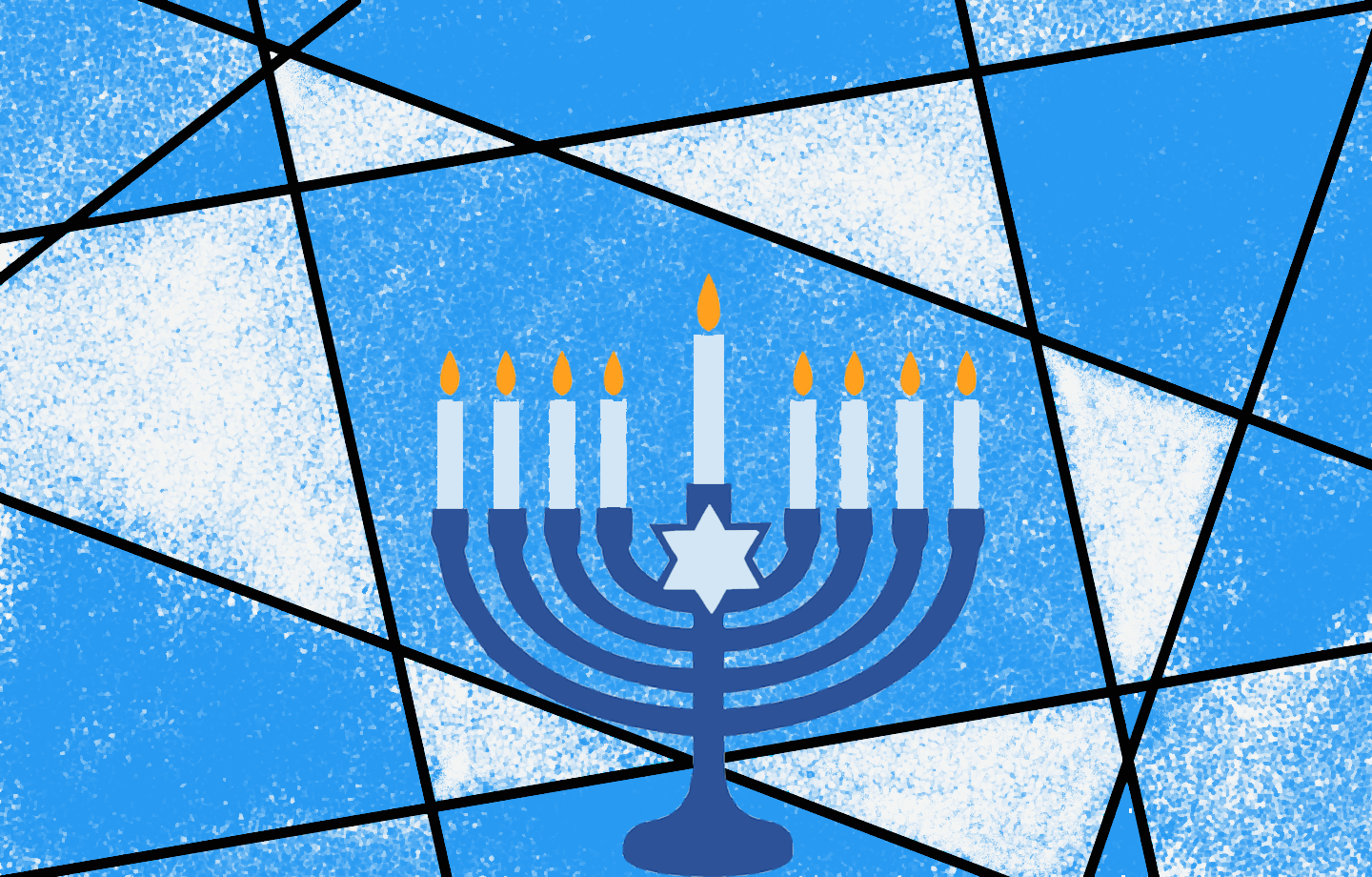

The story behind Hanukkah, which runs from December 10-18, 2020, and some of its meanings.
how to attend
• To virtually attend, please Zoom in using room number 989 3107 9078.
• To phone into the service, call 669-900-6833, Meeting ID: 989 3107 9078.
For those joining, please mute as soon as you enter the room, so everyone can hear. Please note, the services will be recorded, but at this time, there are no plans to share the recording.
More Information
Religious Education for children and youth begins at 9:30 a.m. in the same room! Learn more here.
If you don’t have a chalice, but want to light one, check out our Making a Chalice at Home page.
Service is followed by Coffee Hour.
Children’s Story
Sermon Audio
Let There Be Light
Sermon Text
My sermon this morning: “The Growing Light.” My intention: to consider a common denominator running through all the December holidays: Returning Light. The concept of light—growing, increasing light—can be approached in many ways. This morning we have already done so through our observation of the Jewish festival of Hanukkah. Hanukkah is just one of the many Northern Hemisphere holidays celebrating light and its return amidst winter darkness. Northern countries everywhere incorporate light into their December holidays: Christmas lights, Kwanza candles and so on.
There are two aspects to light, and I want to focus on both: the “outer” light (i.e., the light “out there” observable in the candles) and the inner light: the indwelling spark of hope, spirit, and imagination. The two are intimately connected.
* * * * * * *
Hanukkah celebrates the outer light. Hanukkah is customarily celebrated as a festival of religious freedom. The story behind the holiday is as follows: 3500 years ago, the Hebrew tribes invaded Canaan. Meanwhile, Barbarians (i.e., Hellenes) were pouring out of central Europe and were doing some invading of their own—into the rocky Aegean lands we now call Greece. The emerging principalities evolved into centers of grace and sophistication. Their people became traders and adventurers.
Over the course of the next 1500 years, of all the people the Jews encountered, these Hellenes, or Greeks, were the most formidable. Though their armies were strong enough, their real power lay in their culture. The freedom, wealth, and beauty of the Greek urban style were compelling alternatives to the dull, repetitive routines of Semitic theocracy.
In 325 BCE one of their leaders, Alexander the Great, conquered the known world, which led to the gradual Hellenization of Judea and the growth of a middle class there.
In Jerusalem, a schism emerged between those loyal to Hebraic Law and those supporting Greek ideas. Under the leadership of one Antiochus, those favoring Greek ideas sacked the Temple and ordered heathen altars set up across the land. Soon a civil war erupted. Amid growing mayhem, a man named Mattathias and his five sons (the Maccabees), aided by courage, good luck, and chutzpah, managed to expel the Greek regents, and reestablish the orthodox faith of their ancestors…for a time. Upon rededicating the Temple, the Maccabees found only one day’s worth of sacred oil to burn in the menorah. but—miraculously—it lasted for the entire eight days it took to produce a new batch!
It is common, today, for Jewish leaders (especially American Jewish leaders) to present the Hanukkah story as a struggle for religious freedom.
The Greeks sought to deny religious liberty.
The Jews fought back and regained their freedom.
The story sounds good, but, truthfully, the claim for religious freedom is hard to sustain. The Maccabees were devout authoritarians and theocrats. The Hellenists fared no better under the Maccabees than the Maccabees had under Antiochus. In fact, it all became much worse, leading over the course of the following seven years to over 50,000 deaths and decades of reprisal. Interestingly, the Greek period before Antiochus was a far more liberal time than the era of Maccabean rule. The Pharisees, Hellenists, and Hasidism had lived together in mutual hostility all right, but without the means to destroy each other. The Hanukkah story, then, realistically speaks not to the ethical message of religious toleration and freedom. At best it yields the moral value of national liberation: i.e., freedom for the Jews to enjoy home rule. But home rule is hardly religious freedom as we know it. Why? Because there were no minority rights.
Movements of national liberation are familiar events in human history. They are much older than liberal—minority rights conferring—democracy. And they strike more powerful emotional chords. In modern times they frequently use the propaganda of “freedom” to camouflage dictatorship. Robert Mugabe has been the increasingly repressive, ruthless, homophobic ruler of Zimbabwe since 1980; I remember listening to the morning news on KPFA radio and crying the day in 1980 when the white-minority government there fell, ushering Robert Mugabe into power. But it turned out that the revolution he led and the government he ruthlessly dominated for thirty-seven years was more about national liberation (and personal enrichment) than freedom. True freedom involves and insures minority rights as well as individual rights—individual human rights—and the opportunity of self-expression. Living free involves personal security from terror—and the personal freedom to grow, to worship, to love, and to create.
Until and unless the “outer” social and political environment is so ordered as to foster genuine self-expression one’s “inner light” will not shine. This is because, from a religious point of view, the “outer” light and the “inner” light are reflections of each other. And they go hand in hand. An enlightened social order fosters the encouragement of inner development, self-expression, and hope within people’s hearts and imaginations. And vice-versa. That is, self-motivated, creative, self-expressive people are more likely to do the arduous work necessary to maintain and strengthen an enlightened social order.
Though less automatic, it’s still possible for people to cultivate inner light—inner strength and wisdom—when the outer light is dim. Indeed, it is under just such conditions that some people become genuinely great—often by just deciding to be creative despite all that would prevent them from so doing. We are not victims but co-creators of our fates, sometimes in very trying circumstances. Many who have achieved greatness say afterwards that the deciding moment for them was when they made the decision to act as though they could see growing light even though it was, in fact, still dark. And conversely, we all know people who continually point to unenlightened social conditions as reason for their failures, and as an excuse preventing them from working to make things better.
One can make the argument that the kind of balance I’m talking about—between enlightened people and an enlightened social order—requires more than just political rights. That any truly free society needs, as President Franklin Roosevelt proposed in 1944, an Economic Bill of Rights, too. This has been the overarching concern of nearly all of the delegates from Second and Third World Countries attending recent World Parliament of Religions Conferences [1993, ’99, ’04, ’09, ’15, and 2018]: the freedom to be whole people—religiously whole—requires economic as well as political freedom. Any social order insuring that will also ensure its citizens’ freedom from want.
* * * * * * *
I have mentioned a couple of times now this idea of one’s “Inner Light” – what do I mean? I think of “inner light” as a metaphor referring to one’s spark of authentic individuality. But there is more, more than only or just a metaphor. Consider the words of Ralph Waldo Emerson in his essay “The Over-Soul”: “From within or from behind, a light shines through us upon things, and makes us aware that we are nothing, but the light is all.” Metaphor or more than that, there is a connection between this “inner” light and the so-called “outer” light. I once read an Isaac Bashevis Singer story [from The Power of Light: Eight Stories of Hanukkah, 1980] about two teenagers who escaped from the Nazis. In a Polish ghetto before breaking out, the two youths risk capture and death by defying the law and bravely lighting the candles of a home-made menorah. The outer light suddenly ignites their hope: the inner light. Many months later, after they’ve bravely escaped Poland and found their way—through many harrowing adventures—all the way to Palestine, the two look back on that simple menorah lighting as the event that inspired their bravery.
Perhaps some of you have had occasions in your own lives where some outer manifestation of light brought inner renewal to your hearts and spirits. I have. To help me remain connected to inner wellsprings at such times I like to sit on my back porch in the early morning and, like the Hebrews of old, light a few candles on my outdoor table. Aids to meditation, in a way; to calm—and extremely helpful when carrying on through lonely or trying times.
Out of one’s meditative center can come not only peace of mind and peace of heart, but inspiration. An article I read in the Smithsonian magazine suggests that being mesmerized by firelight may have sparked the evolution of the human brain, helping endow us with capacities such as long-term memory and problem solving. [Spark of Genius, Thomas Wynn, December 2012]
* * * * * * *
So, there is a connection—a connection that we feel from time to time quite profoundly—between the light of the world “out there” and the inner light of hope, resourcefulness, and creativity. The scientific study of light, known as optics, confirms that despite our penchant to think of light as coming from “out there” and shining across our “inner” tabula rosas, it does not, in fact, work that way. Light is more properly understood as a relationship between the eye and the environment. As Emerson described, “whether from within or from behind, a light shines through us upon things….” If this is so—and I fully believe it is—the trick must be to somehow open ourselves—our hearts, our souls, and imaginations —to enable this light to shine through us unobstructed; to become vessels or vehicles for it.
In this endeavor nothing, it seems to me, is more helpful than intentional communities like a church living up to—truly practicing—its covenant: places where we can be confirmed in the importance of this effort to grow in receptivity to light. Where we can support one another; where we can inform our children about the sacredness of this Inner/Outer light and our reception of it. And of our efforts to build a social and political order that makes its reception recognized and understood as a cultural value; one we need to make available to all. All other activities of the church, it seems to me, are secondary. Church life must focus on recognizing and giving expression to our growing individual and collective lights; this is our beacon of light that we celebrate when we light the chalice, and it is the everlasting light of Love.
Let the December holidays then, be for us here at East Shore Unitarian Church, a celebration of our freedom: our freedom to be creative, giving, and open. And our freedom to establish and support this free church where each of us can be ourselves: confirming and affirming our deepest, most generous, and hopeful beliefs and understandings. Such that for each of us—and through each of us and between us and those in our midst whom we love—a spirit of hope and creativity will shine. Revealing, the renewal of nature,
of ourselves, and
of our world
revitalized—as ever—by growing light.
Blessed be. Shalom. Namaste.
More Pictures
